Just over a month ago I wrote this article, indicating traditional craft forms offer something new to burnt out activists today. Over the following weeks, I interviewed six artists to interrogate this idea and see how craft practitioners are approaching political issues.
The final feature was published earlier this week. I now have the pleasure of reflecting on these six features and considering how they speak to craft as an alternative form of activism. As the interviewer, tasked with directing the discussion and transcribing the conversations, I was struck by the recurring importance of physicality and messages of hope.
Physicality
Across textiles, land art, sculpture, collage, felt and ceramics, the artists all identified on the importance of physicality. Whilst each artist approached their art form uniquely, all allowed the ultimate political message to guide their creative process. Craft, unlike mediums like drawing or painting, requires a physical engagement with material. Sokari Douglas Camp welds steel figures, Barbara Keal offers her pilgrim coat to passersby and Annete Sagal reconstructs visual culture amid propaganda.
Maggie Scott, who practises the particularly intricate medium nuno felting, pointed out how craft necessitates precision. “The beauty of craft is that it affects your breathing, your hand-eye coordination. If you’re angry, that won’t work. Anger is the motivation and the determination that produces the work. It’ll spur you on.”
Physicality requires a certain taming of anger. At some stage in their formational journey, all artists expressed their frustration. Sometimes this was directed at injustice, specific political events, or the impending climate crisis. To craft material from rough fabric, paper scraps or loose wool into its final iteration necessitates sustained physical engagement.
Aside from the artists themselves, physicality also helps audiences to engage more fully with the issues at hand. Barbara Keal admitted that, “People can feel challenged by the notion of physical interaction with a stranger.” However, engagement with the coat was a key part of the movement. Keal said, “I wanted to enable people to meet the climate crisis and ecological breakdown in their bodies.”
Similarly, collage artist Annete Sagal reported the catharsis her workshop participants experienced when engaging with the destruction and reconstruction of newspaper and magazine material. Harmful messages persistent throughout mainstream media could be co-opted, satirised and reversed.
Hope
Craft is certainly an unconventional approach to activism that eschews the mainstream. Searching for the possibility of an alternative is itself hopeful. Barbara Keal engages with climate change by creating a collaborative patchwork coat. The coat is an invitation to people to acknowledge the bodily reality of climate change whilst also offering a communal vehicle for hope.
Similarly, after experiencing the therapeutic potential of collage herself, Annete Sagal founded the Kyiv Collage Collective and Kyiv Collage School. In bringing together other collage artists through collaboration, the group was able to reach new audiences and spaces.
Advice
I asked all six artists what advice they would give to people who also want to use craft to make a political or activist statement. Two pieces of advice recurred throughout: get started, and make room for collaboration.
Get started. Maggie Scott encouraged, “You will find your medium, you will find what gets you excited. It’s really important to find that exciting medium because that will excite your audience.”
Make room for collaboration. Barbara Keal advised, “Remember that people are extraordinarily generous with their time if they feel like a project is significant. People love the opportunity to have a voice…you must give scope for people’s individual expression. Everyone who is involved needs to feel like there’s something of themselves in the work.”

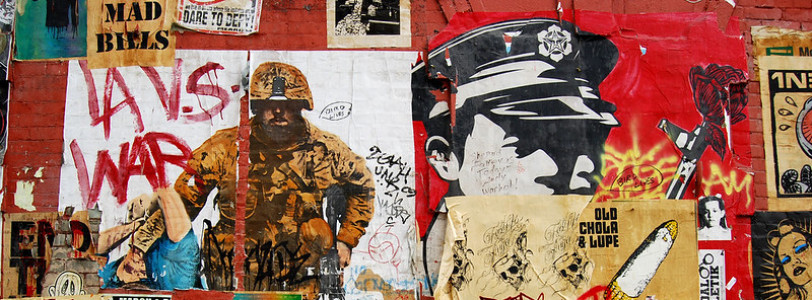
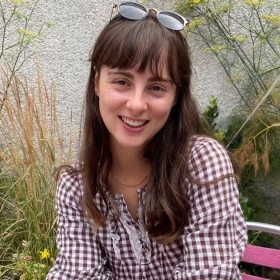
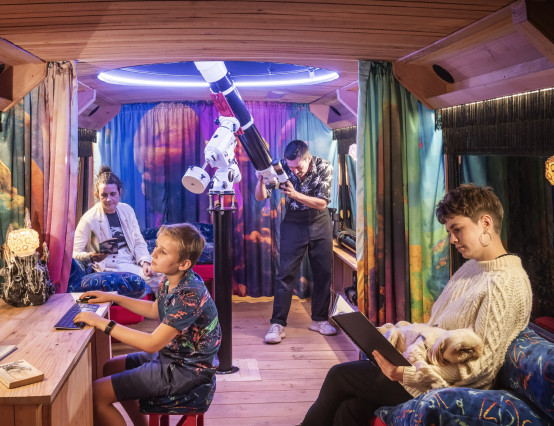
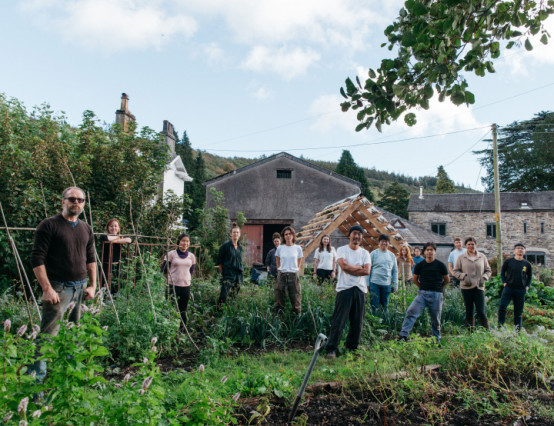
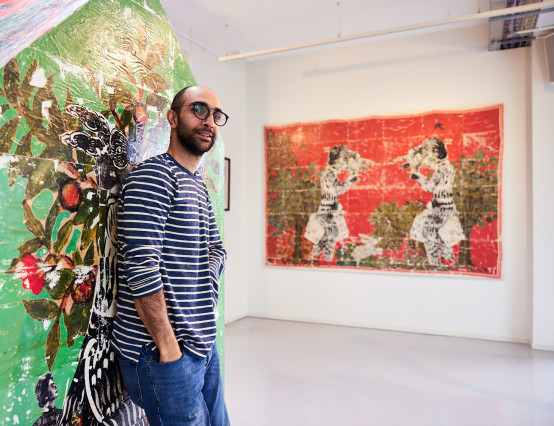



0 Comments